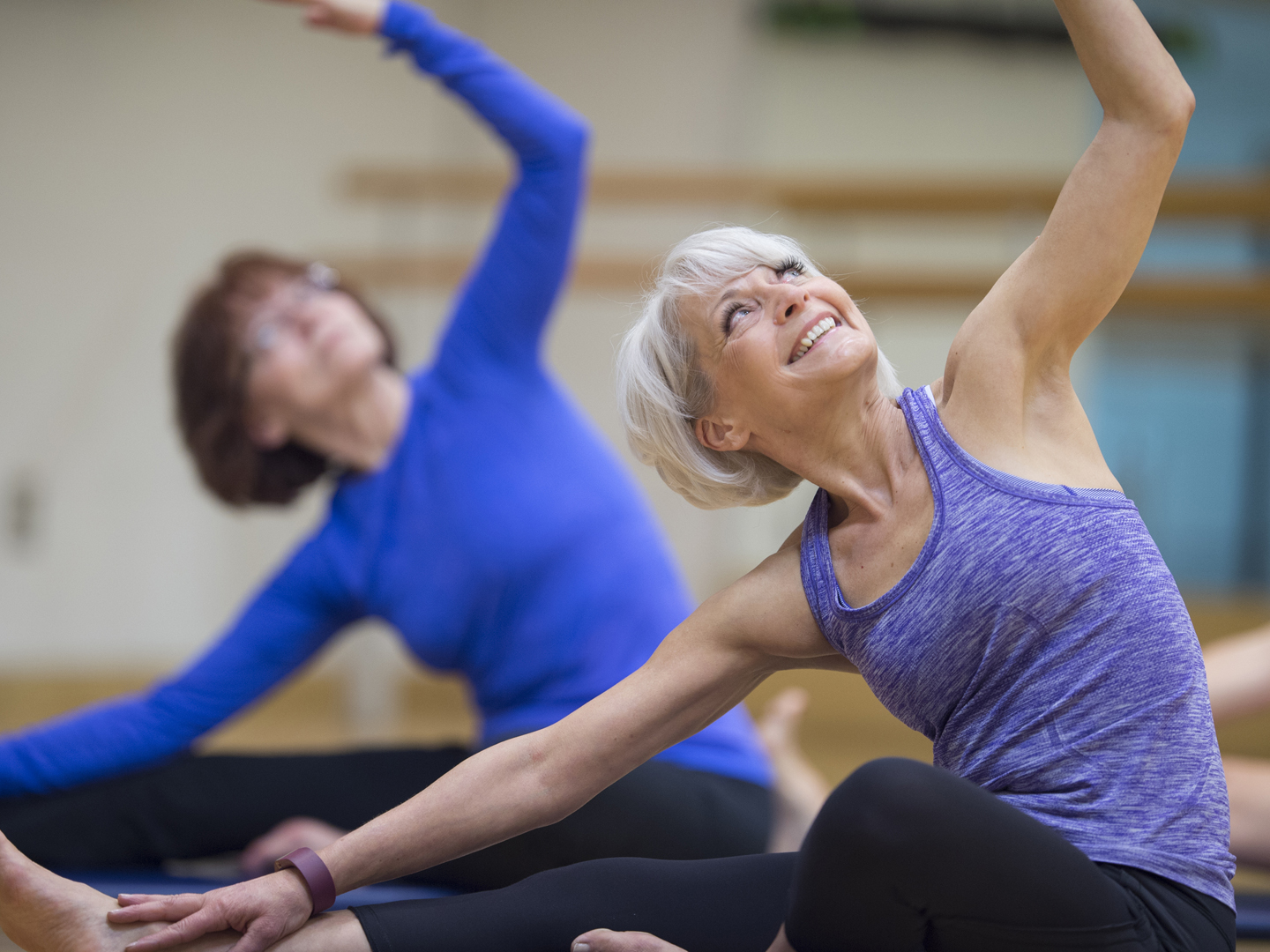Banishing Balance Problems?
You often suggest exercises to improve balance among seniors. How common are balance problems among older people and what is the cause?
Andrew Weil, M.D. | June 23, 2016

Originally published 3/27/2006, updated on 06/23/2016.
Balance problems are very common among people over the age of 65 and are responsible for many serious injuries. It’s estimated that this year one out of every four seniors living at home will fall.
Proper balance depends on the collaboration of three of your senses: your eyes, your sense of spatial orientation (the inner sense that tells you which way your feet or hands are pointing even with your eyes closed), and the vestibular system which encompasses the fluid-filled semicircular canals in the inner ear and informs the brain and eyes about the position of your head. Each of these three senses diminishes with age, making balance more difficult.
Balance problems can also stem from the effects of alcohol, certain prescription drugs (ask your doctor if any of the drugs you take can have effects on balance), and such diseases as diabetes, which can cause numbness in the legs and feet, and arthritis, which can limit flexibility and range of motion.
Unfortunately, fear of falling often leads older people to become less active when, in fact, becoming more active can help reduce the risk. To improve balance, I recommend tai chi, which has been proven to reduce the odds of falling as well as the risk of injury if you do fall. You can also learn balance exercises at the gym (have a trainer show you how to use balance boards or inflatable exercise balls). Physical therapy can further help you reduce the risk of falls with exercises tailored to whatever problem is impairing your balance. You might also consider yoga, with its many balance poses, and Feldenkrais therapy to improve body awareness.
In addition, a new study from Indiana University at Bloomington has shown that exercises that speed up swaying may help forestall balance problems later in life. We all sway when we stand on our feet but this happens so subtly that we’re usually not aware of it. Younger people generally sway backward and forward while older people tend to sway side to side, a less stable pattern. The Indiana researchers taught balance exercises to a group of adults between the ages of 55 and 60 who were in pretty good shape. After doing three balance exercises four days a week for 15 minutes a day, all the participants improved their sway speed by an average of 16 percent, and, as a result, their stability. One of the exercises required standing on one leg for 15 seconds with the other leg bent so the thigh was parallel to the floor; a second required balancing with one leg lifted to the side, and a third involved lifting one leg straight back while reaching forward with the opposite arm – all exercises that can be learned and practiced at home.
Andrew Weil, M.D.









